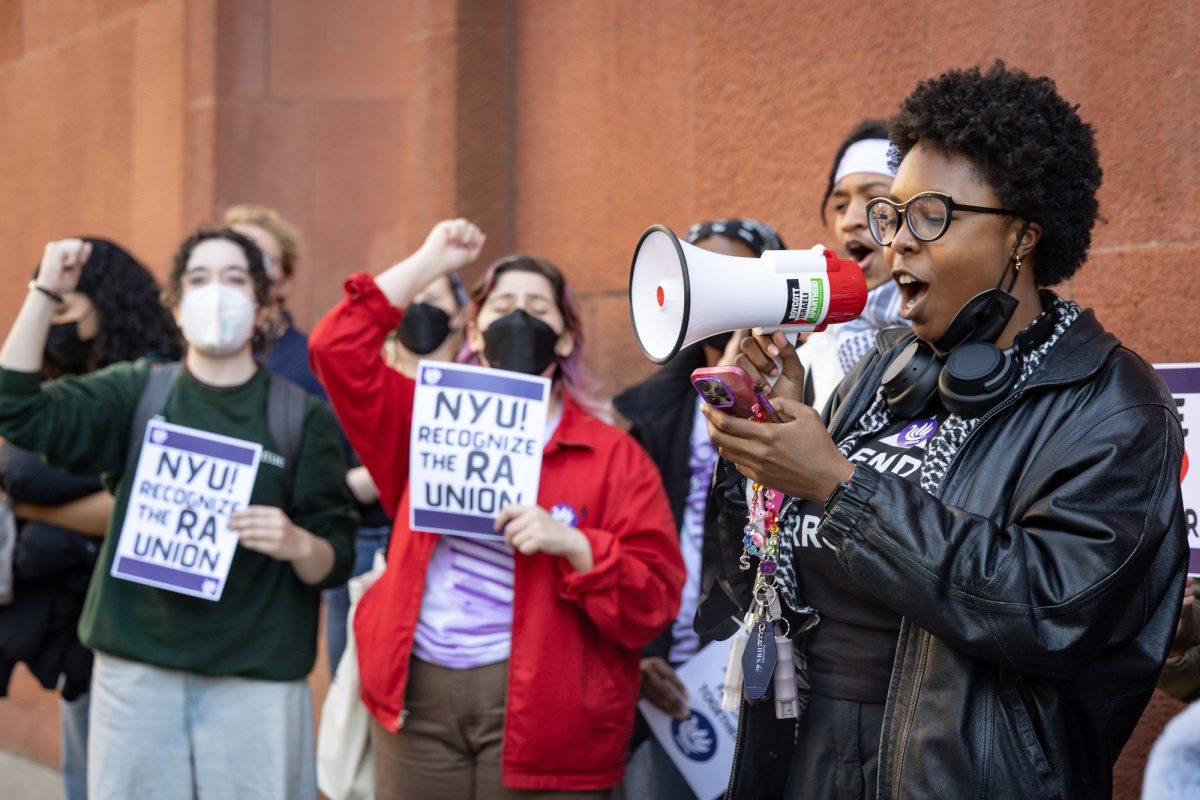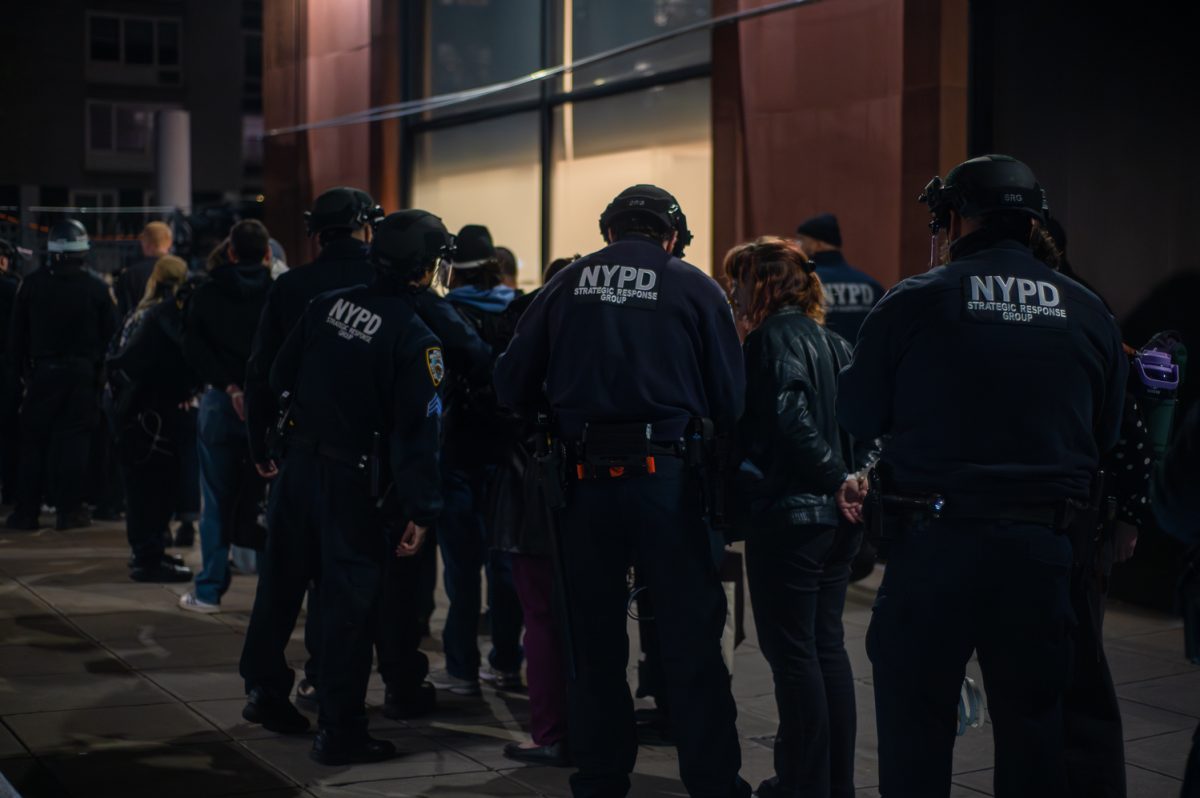This weekend, in an effort to combat the increasing rodent problem in New York City subways, the Metropolitan Transit Authority extended its pilot program of removing trash bins from subway platforms.
The program, which launched at the 8th Street-NYU N/R and Flushing-Main Street 7 train stations last fall, will now include eight more stations throughout the city. Each borough will have two additional platforms without trash bins except Staten Island, which runs an independent subway line.
According to the MTA, more than 14,000 tons of trash are removed from the subway system every year. Since the launch of the pilot program, trash bags have been reduced by 50 percent and 67 percent at the 8th Street and Main Street stations, respectively.
A press release from Aug. 30 reported that the agency decided to expand the pilot program to other stations because of the positive results seen during the past few months. MTA officials believe the program can further alleviate trash problems in areas of the station other than platforms.
“The trash sometimes accumulates in storage rooms and on platforms while waiting to be removed,” the agency wrote in a press release. “We have taken several steps to make the trash bags less accessible to rodents, including adding more frequent refuse train collections, reinforcing storage rooms and using new, tamper-proof receptacles, but the problem still persists.”
The transit system in London has already adopted this no-bin policy in some of its underground stations. Other metro transit agencies, such as the Washington D.C. Metro, have entirely banned food from its system.
CAS junior Henry Man, a commuter who uses the subway on a daily basis, praised the efforts of the initiative, but said a flaw remains in the system.
“It does mitigate the rat population without using rodenticide, and fewer trash cans actually mean fewer trash trains running,” Man said. “There will be riders who will discard garbage on the tracks in the absence of bins, or discard bags and containers under the seats.”
Max Liboiron, an adjunct professor of Media, Culture and Communication and Ph.D candidate, said she is curious of the long-term effects of the program.
“I assume that people will litter for the first stage of the process, when they expect trash cans and find none and have no other plan to dispose of their waste,” Liboiron said.
The pilot program calls for a thorough six-month monitoring and analysis process — from the start of this next phase — to determine whether it will be extended to all platforms.
A version of this article appeared in the Sept. 4 print edition. Tony Chau is city/state editor. Email him at [email protected].











































































































































